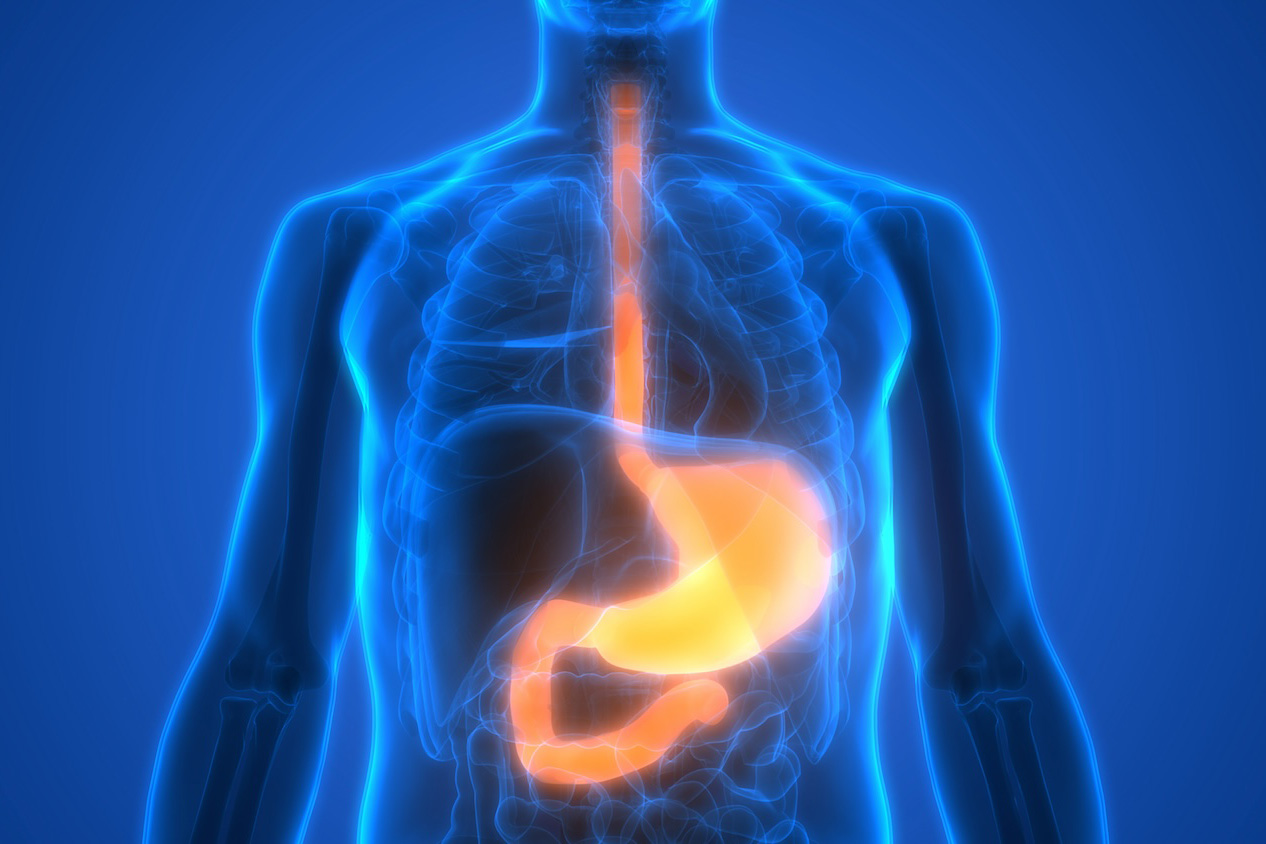
Combining intermittent fasting with exercise can help reduce the amount of fat around the liver for people with nonalcoholic fatty liver disease, according to a recent study published in Cell Metabolism.
The American Liver Foundation estimates that 100 million people in the U.S. have nonalcoholic fatty liver disease, which is characterized by a buildup of fat around the liver in people who do not drink alcohol.
In the study, investigators analyzed the effects of alternate day fasting combined with exercise to fasting alone, or exercise alone, on intrahepatic triglyceride (IHTG) content in 80 adults with nonalcoholic fatty liver disease.
After three months, investigators found that IHTG content was significantly reduced in the combination group compared with the exercise alone group and the control group. However, there was no significant difference between the combination group and the alternate day fasting alone group.
Additionally, body weight, fat mass, waist circumference and alanine transaminase levels significantly decreased, while insulin sensitivity significantly increased in the combination group compared to the control group.
The findings lay the foundation for a potential non-pharmacological lifestyle strategy to treat nonalcoholic fatty liver disease, said Shaina Alexandria, PhD, assistant professor of Preventive Medicine in the Division of Biostatistics, and a co-author of the study.
“Pharmaceutical interventions for nonalcoholic fatty liver disease tend to have some side effects,” Alexandria said. “One of the side effects is weight gain. So, for individuals who are overweight or obese who also have nonalcoholic fatty liver disease, the pharmaceutical interventions might not be the best fit.”
Study participants who combined alternate day fasting and exercise also saw a reduction in body weight, fat mass, waist circumference and alanine transaminase levels compared to the control group.
“We found that liver fat was reduced by 5.5 percent in the group that participated in both fasting and exercise,” said Krista Varady, PhD, professor of Kinesiology and Nutrition at University of Illinois Chicago and senior author of the study. “This combination group also reduced body weight by 5 percent, fat mass, waist circumference and liver enzyme levels. We also saw increases in insulin sensitivity in the combination group, indicating better blood sugar control. Fatty liver disease puts people at high risk of developing type 2 diabetes, so these improvements in blood sugar regulation are very promising.”
While a longer-term study is warranted, the authors said, the early results are encouraging.
“We’re glad to see that these lifestyle interventions might be an effective way for people with nonalcoholic fatty liver disease to reduce their liver fat while losing weight,” Alexandria said. “While the alternate daily fasting and combination groups did not appear to differ for any of the measured outcomes, the IHTG outcome warrants further study. The 5.5 percent liver fat reduction estimated in the combination group was a larger reduction than the 2.3 percent reduction in the alternate daily fasting group. While this would be a meaningful clinical difference, this difference was not statistically different in this trial. The spread of those differences and estimates makes me want to take a closer look with a larger or longer-term trial.”
The study was supported by National Institutes of Health grant R01DK119783.






